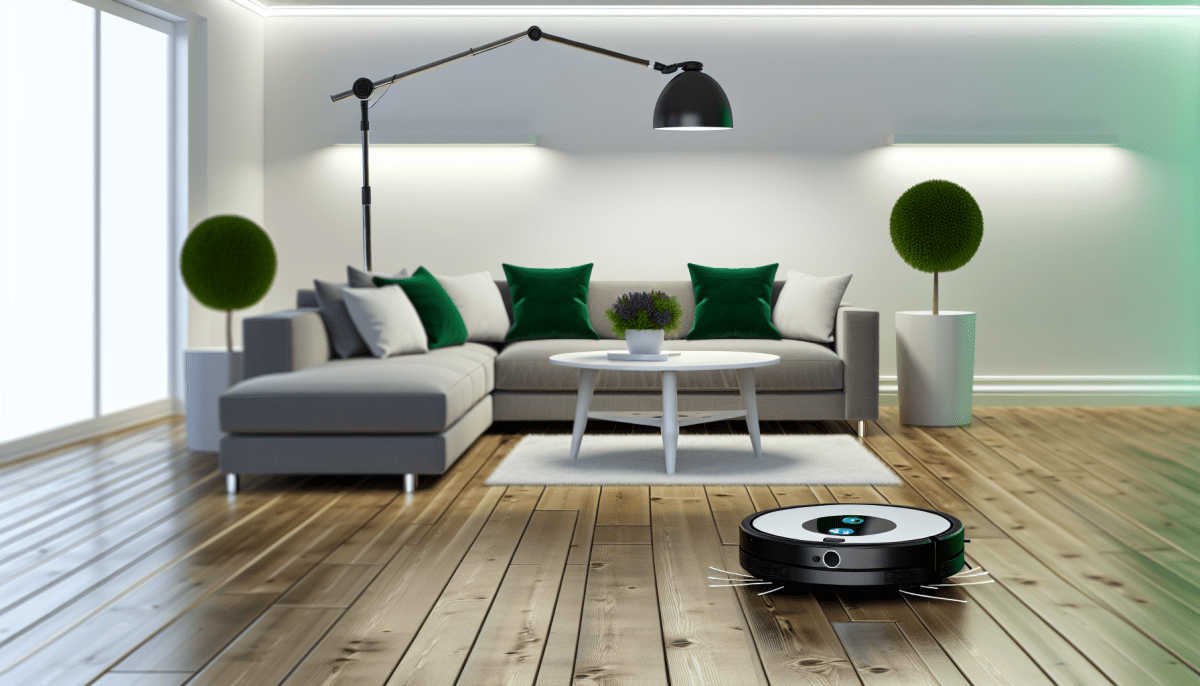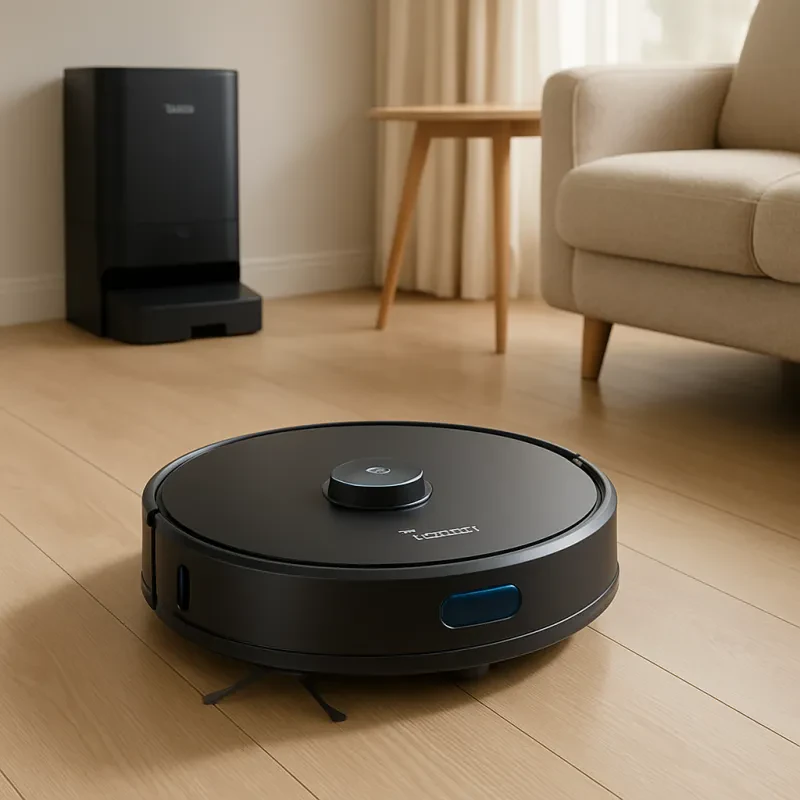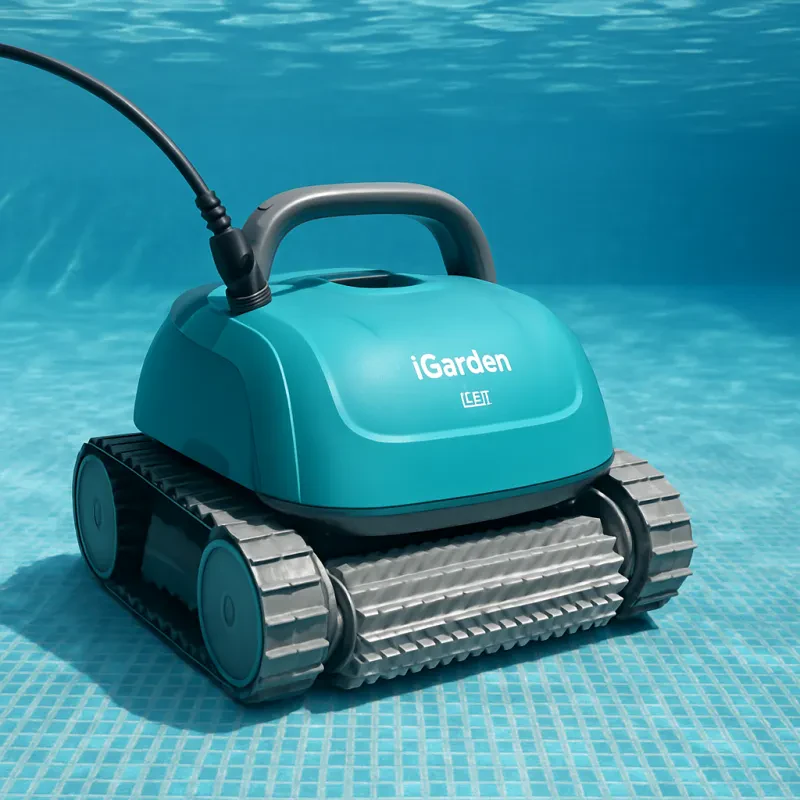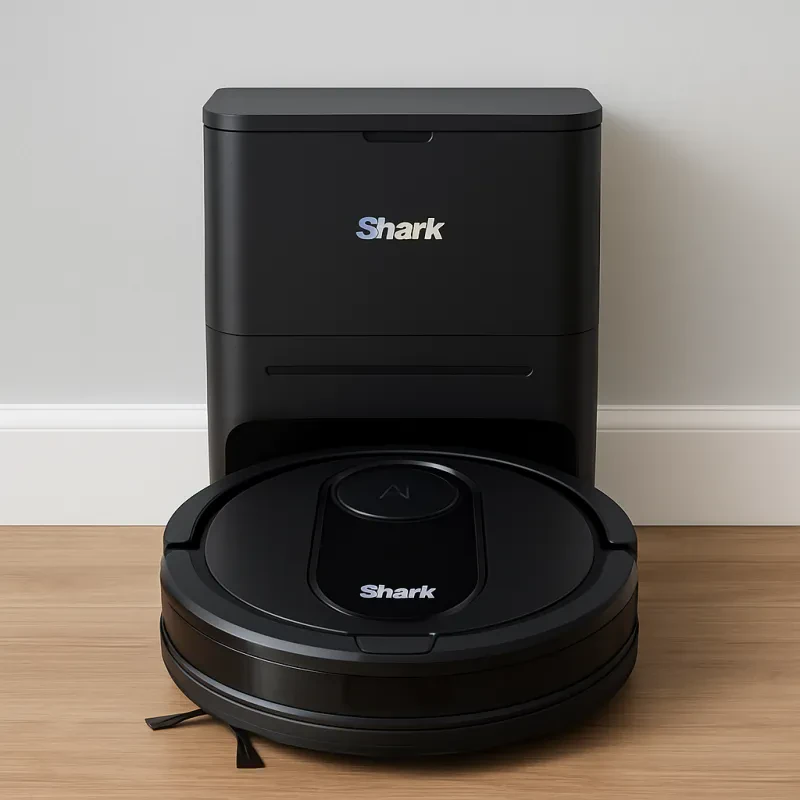Another important factor to consider when choosing a robotic vacuum cleaner is battery life. The last thing you want is for your vacuum to die in the middle of a cleaning cycle. Look for a model with a long battery life and quick recharging capabilities to ensure that your robotic vacuum can clean your entire home in one go.
Lastly, consider the features that are most important to you. Do you want a robotic vacuum cleaner that can be controlled via a mobile app? Or maybe you're looking for one with a self-emptying dustbin for added convenience. Whatever your priorities may be, be sure to do your research and read reviews to find the robotic vacuum cleaner that best suits your needs.
Creating a Vacuum-Friendly Home Layout
The first step in creating a vacuum-friendly home layout is to declutter your space. Make sure to pick up any small objects, cords, or obstacles that could hinder your robotic vacuum cleaner's movement. Clearing the floor of clutter will not only make it easier for your robot vacuum to clean, but it will also prevent it from getting stuck or tangled during its cleaning cycle.
Another tip for optimizing your home for daily robotic vacuum use is to create clear pathways for your robot vacuum to follow. Move furniture and rugs to create open spaces and clear paths for your robotic vacuum cleaner to navigate through. This will help your robot vacuum move efficiently from room to room, ensuring that every inch of your home is cleaned thoroughly.
Lastly, consider investing in virtual walls or magnetic strips to create boundaries for your robotic vacuum cleaner. These tools can help guide your robot vacuum and prevent it from straying into areas where it shouldn't clean. By implementing these tips and creating a vacuum-friendly home layout, you can make the most out of your robotic vacuum cleaner and enjoy spotless floors every day.
Setting Up Regular Cleaning Schedules
First, determine how often you want your robotic vacuum cleaner to run. Depending on factors such as the size of your home, the amount of foot traffic, and whether you have pets, you may need to run your robotic vacuum daily, every other day, or even just a few times a week.
Next, set specific times for your robotic vacuum cleaner to operate. You can program it to run while you're away at work, while you're cooking dinner, or even while you're sleeping. By choosing times when you won't be in the way, you can ensure that your robotic vacuum can clean effectively without any interruptions.
Lastly, make sure to create a clear path for your robotic vacuum cleaner to follow. Remove any obstacles such as cords, toys, or furniture that could impede its progress. By clearing the way, you can help your robotic vacuum navigate your home easily and clean more efficiently.
Troubleshooting Common Robotic Vacuum Issues
Is your robotic vacuum cleaner not working as efficiently as before? Don't worry, we've got you covered! Here are some common issues you may encounter with your robotic vacuum and troubleshooting tips to help you optimize its performance:
Issue: Robotic Vacuum Gets Stuck
If your robotic vacuum cleaner keeps getting stuck on furniture legs or obstacles, try rearranging your furniture to create wider pathways. Additionally, make sure to clear any clutter or loose wires that may obstruct its path.
Issue: Robotic Vacuum Doesn't Hold Charge
If your robotic vacuum cleaner is not holding a charge for as long as it used to, try cleaning the charging contacts on both the vacuum and the docking station. You may also need to replace the batteries if they are old or worn out.
Issue: Robotic Vacuum Leaves Dirt Behind
If your robotic vacuum cleaner is leaving dirt behind after cleaning, check the brush and vacuum filter for any clogs or debris. Make sure to empty the dustbin regularly and clean the vacuum's sensors to ensure optimal performance.



